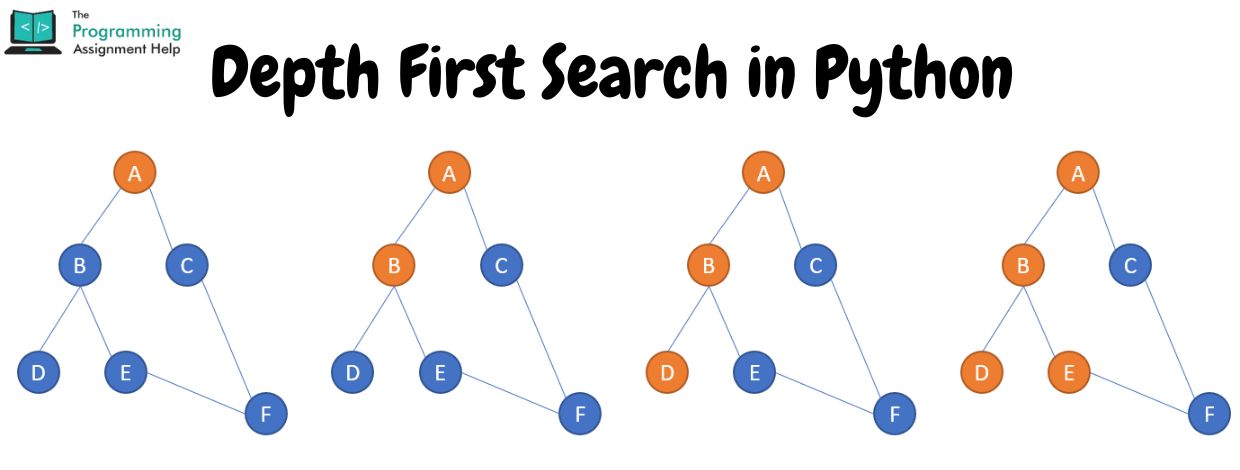
- 3rd Oct 2024
- 18:36 pm
- Andrew
Depth First Search (DFS) is a core algorithm in computer science, widely used for navigating or exploring tree and graph structures. Its applications range from puzzle-solving to AI pathfinding, making it a crucial skill for students learning algorithms and data structures. If you're learning Python and want to understand how to implement DFS, this guide from The Programming Assignment Help website will help you get started.
What is Depth First Search?
DFS explores as far down a branch of a tree or graph as possible before backtracking to explore other branches. It begins at a selected node (starting point) and explores each possible path one by one, going deep into the structure. It’s a recursive algorithm that visits a node, marks it as visited, and proceeds to an adjacent unvisited node until there are no more unvisited nodes in the branch.
Steps to Implement DFS in Python
1. Understand the Graph Representation You can represent graphs using an adjacency list or matrix. An adjacency list is more common in Python because of its simplicity and space efficiency. It involves storing a dictionary where each node is a key, and its adjacent nodes are values in a list.
2. Set Up the Recursive Function In DFS, recursion is your friend. You will need a function that:
- Takes the current node and visited nodes as arguments.
- Marks the node as visited.
- Recursively visits all its adjacent nodes.
3. Use a Visited List A visited list keeps track of the nodes you have already explored. This prevents visiting the same node multiple times, ensuring that your DFS completes properly.
4. Handle Graphs with Disconnected Components If your graph has multiple disconnected components, run the DFS from each node that hasn’t been visited yet. This ensures that all components of the graph are explored.
Why is DFS Important?
DFS is a vital algorithm for solving problems such as:
- Finding connected components in a graph.
- Detecting cycles in a graph.
- Pathfinding in mazes.
- Topological sorting of graphs.
By mastering DFS, you'll build a solid foundation for more advanced algorithms. Learning these concepts can feel overwhelming, but with The Programming Assignment Help website, you'll get the support you need for Python coding assignments and algorithm practice.
Conclusion
Implementing Depth First Search in Python is straightforward with the right understanding. Whether you are solving complex problems or just exploring the fundamentals of graph theory, mastering DFS is a step in the right direction.








